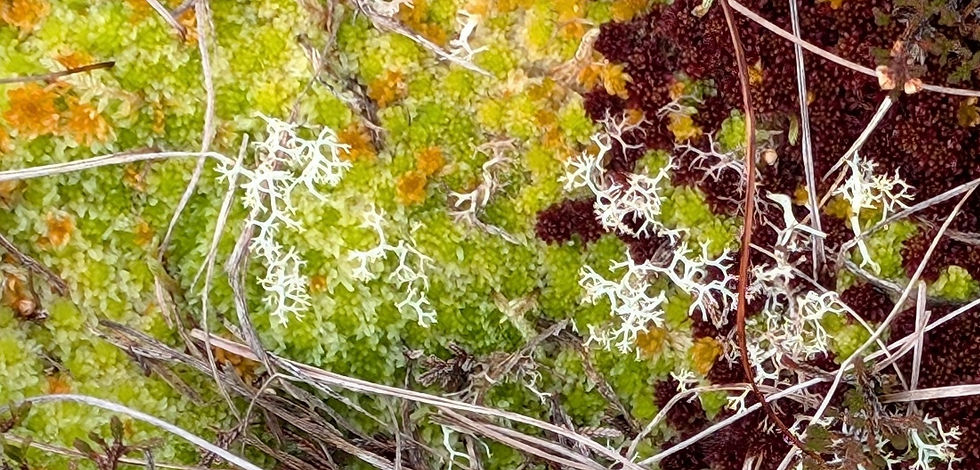Peatland Restoration Services
- ERS Remediation

- Aug 29
- 2 min read
Did you know over 80% of Scotland’s peatlands are in a degraded state and emitting CO2? Healthy peatlands are active carbon sinks, and protection and restoration of these biodiverse environments is an important tool in the fight against climate change.

ERS is an experienced peatland restoration contractor with staff trained and experienced in:
Operating low ground pressure plant for various restoration techniques
In-house drone surveying and progress mapping
Invasive Sitka spruce and brash removal and sphagnum replanting

The main techniques for peatland restoration are:
Drain and Gully Blocking – drains and gullies lower the water table, and in areas of active erosion, this can lead to haggs and large areas of bare peat which are vulnerable to further erosion. Blocking drains and reprofiling and gullies helps reduce surface runoff and erosion, and raises the water table. Regular dams made from peat or materials like wood or stone where possible, also help to form small pools, from which sphagnum mosses and other bog vegetation can recolonise.
Hagg Reprofiling – haggs are exposed erosion features, often exacerbated by wind erosion, surface runoff and livestock movements. Reprofiling and returfing the haggs helps stabilise the slope and prevent further erosion. For larger areas of bare peat where returfing is not possible, geotextiles can be used to protect the surface and encourage revegetation.
Surface Bunding – in large, flat erosion features such as peat pans, dividing the area with surface bunds helps to trap surface runoff and sediment, preventing further erosion and raising the water table, creating a suitable environment for revegetation. Bunds can be made from peat and covered in turf, but where suitable vegetated peat is not available nearby, coir logs and heather bales can be used.
Revegetation – This is usually done by spreading moss-rich heather brash over the area, ideally sourced from a nearby donor site where possible. Sometimes it is necessary to use vegetation plugs, which again should be sourced locally where possible. However, both are available commercially for smaller or more degraded sites without a suitable donor site.

If you are interested in peatland restoration on your site, please get in touch to discuss the site and your restoration requirements.
ERS also has plenty of experience of ground investigations in remote and boggy upland areas for various energy and infrastructure projects. Visit our Site Investigations page or contact us for more information on these services.






Comments